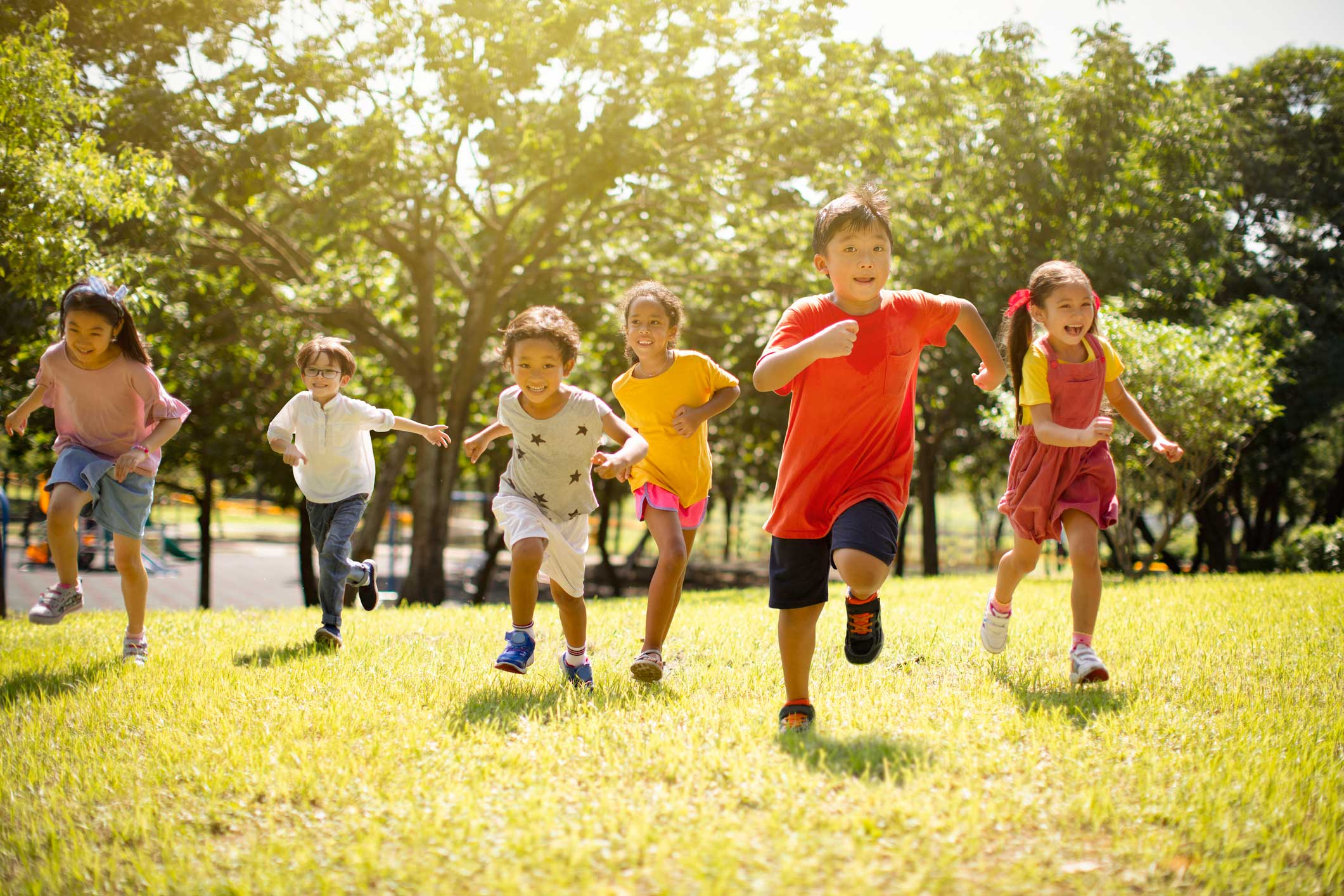
03 Oct Dyspnea during exercise
Difficulty in breathing and coughing during exercise is a very common phenomenon in children and adolescents that can significantly affect their activity. One of the most common causes is bronchospasm, which is triggered by exercise and asthma. In these cases, there is an obstruction of the airways resulting in air trapping. Another important cause that can mimic asthma and needs to be evaluated by a specialist is vocal cord dysfunction, where during exercise there is an inability to abduct the vocal cords resulting in children experiencing stridor, hoarseness of voice and a feeling that they cannot get enough air in. Other more unusual causes are diseases of the chest wall and skeleton, such as scoliosis and pectus excavatum. It should also be noted that a large percentage of children show similar symptoms due to non-ideal physical condition. In any case, a thorough history and clinical examination can make the diagnosis, but the contribution of an exercise induced asthma test is also important.
It should be noted that the exclusion of cardiovascular diseases is recommended in many cases. Treatment is directed according to the cause. Indicatively in asthma and bronchospasm, inhaled bronchodilators are administered during the exercise, while if the symptoms are persistent, treatment with inhaled corticosteroids is recommended. In vocal cord dysfunction, breathing exercises can offer significant relief.

